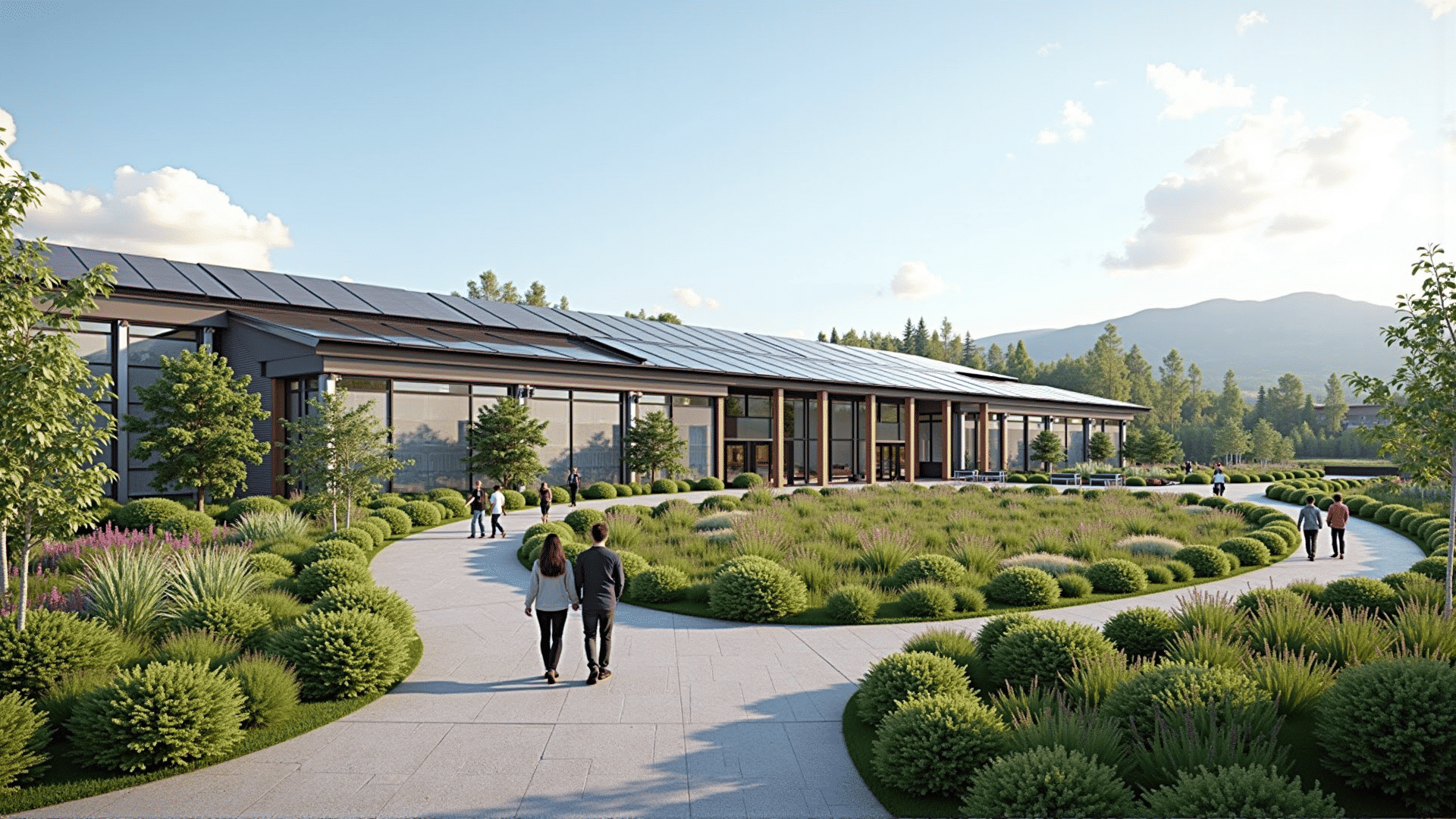In recent years, there has been a significant shift in the design and construction of entertainment complexes in Canada, particularly towards sustainability. These establishments are taking bold steps to create environmentally friendly spaces that do not sacrifice luxury or aesthetic appeal. The movement is driven by a growing recognition of the importance of reducing the carbon footprint and promoting a more sustainable future.
One of the most notable changes in this industry is the use of sustainable building materials. Construction teams are now prioritizing materials that are recycled, responsibly sourced, and have a low environmental impact. For instance, the use of bamboo, reclaimed wood, and recycled steel has become increasingly common in these projects. These materials not only contribute to a reduction in deforestation and waste but also offer durability and beauty, aligning with the luxurious feel that such establishments aim to provide.
Energy efficiency is another critical component of modern developments in this sector. Many establishments are now equipped with state-of-the-art energy management systems. These systems utilize sensors and smart technology to optimize lighting, heating, and cooling, significantly reducing energy consumption. Moreover, the integration of solar panels and wind turbines is becoming more prevalent, allowing these facilities to generate a portion of their energy needs from renewable sources.
Water conservation is also being addressed through innovative design choices. Rainwater harvesting systems, low-flow faucets, and drought-resistant landscaping are just some of the methods being employed to minimize water usage. These initiatives not only help to preserve natural resources but also demonstrate a commitment to environmental stewardship.
Moreover, these entertainment hubs are increasingly focusing on sustainable practices outside the physical structure. Waste management programs are being enhanced to increase recycling and composting, and partnerships with local farmers and vendors are encouraged to promote local economies and reduce transportation emissions. By sourcing food and products locally, they aim to support regional agriculture while minimizing the carbon impact associated with long-distance transportation.
The benefits of these sustainable practices extend beyond environmental impact. By creating eco-friendly surroundings, these establishments are setting new standards in the industry, attracting environmentally conscious visitors and demonstrating leadership in environmental responsibility. Guests can enjoy their stay knowing that their entertainment choices are contributing to a sustainable future.
In conclusion, the trend towards sustainability in Canada's entertainment complexes reflects a broader commitment to environmental protection and resource efficiency. By embracing innovative building practices and operational strategies, these developments are proving that it is possible to offer high-end experiences without compromising on ecological values. As more establishments follow suit, they pave the way for a future where luxury and sustainability go hand in hand.
